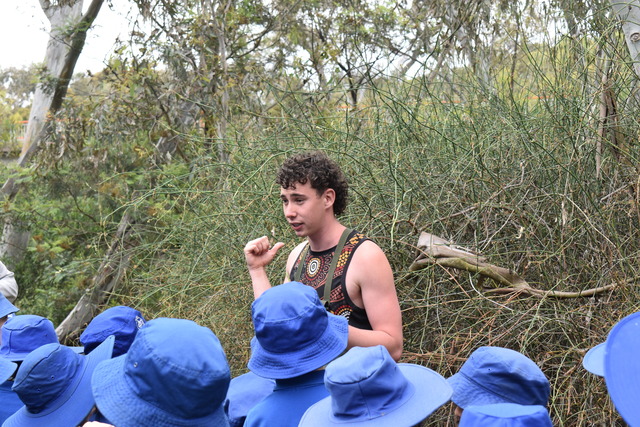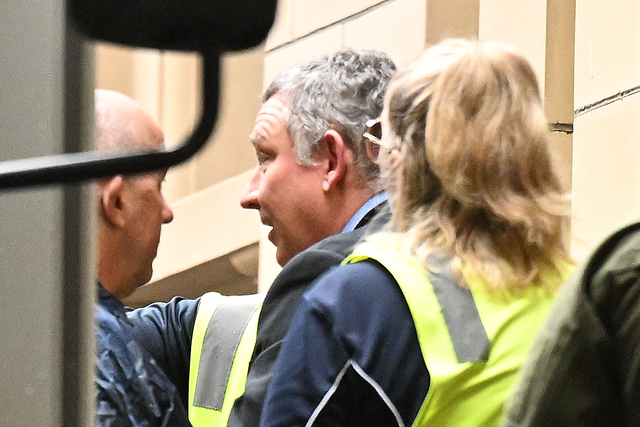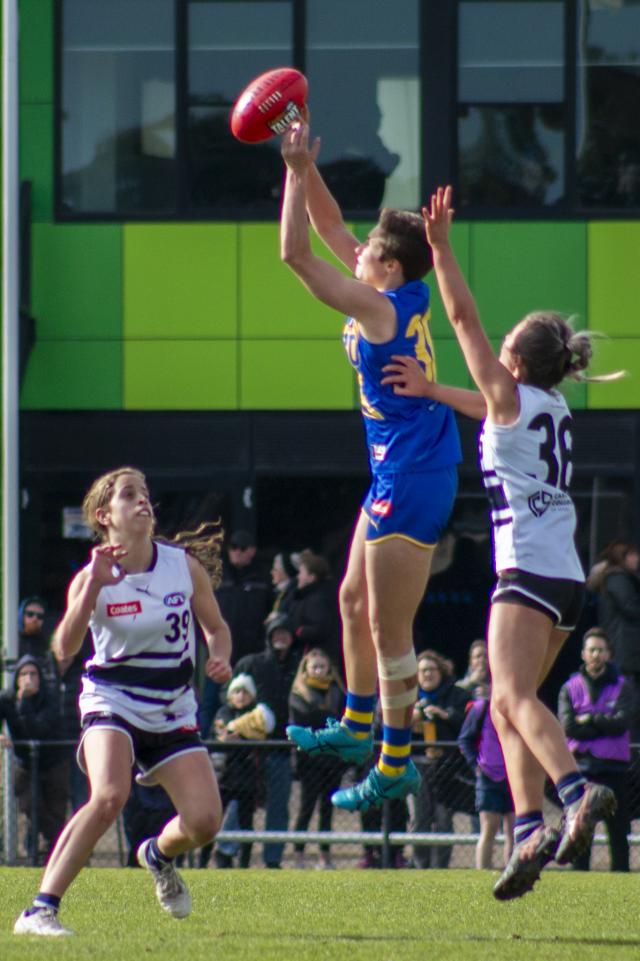One in three children are living in poverty in St Albans according to data from a new report.
The Victorian Council of Social Service (VCOSS) released the Mapping poverty in Victoria report highlighting that rates of poverty are more acute in certain areas.
The report found that more than one in eight people in the state are experiencing significant economic disadvantage based on data from the 2021 census.
Brimbank recorded an overall poverty rate of 18.1 per cent, the fourth highest rate in the state, behind Hume, Central Goldfields and Greater Dandenong.
In Brimbank, there are 32,349 people living in poverty.
St Albans south recorded the highest percentage of residents who are living in economic disadvantage (24 per cent) in Brimbank, followed by St Albans north (23 per cent), Deer Park (22 per cent) and Kings Park (22 per cent).
Across greater Melbourne, St Albans south had the second highest levels of children under the age of 15 living in poverty at 33.7 per cent, closely followed by St Albans north (32.5 per cent) which was ranked at number five.
VCOSS chief executive Emma King said people in the outer suburbs faced more pressures on having to travel for work, not being close to public transport and services which impacted people financially.
She said with the changing environment since the last census including the cost of food, energy and other essentials rising dramatically means it is likely there are more people living in poverty than what the report shows.
“If the census was done tomorrow, there would be more people living in poverty in Victoria,” she said.
Ms King said changes in the workforce have pushed many in the outer suburbs into casual jobs, further aggravating their economic disadvantage.
“Finding a job that pays enough and has enough hours to make ends meet is hard. If they’re on income support they are more likely to be in poverty,” she said.
Brimbank mayor Bruce Lancashire this data is further confirmation that the state and federal governments need to urgently invest in Brimbank.
“This data reflects the entrenched structural disadvantage that persists across much of Melbourne’s outer suburban areas due to a range of factors such as unemployment, low levels of educational attainment, high levels of homelessness and financial stress,” he said.







